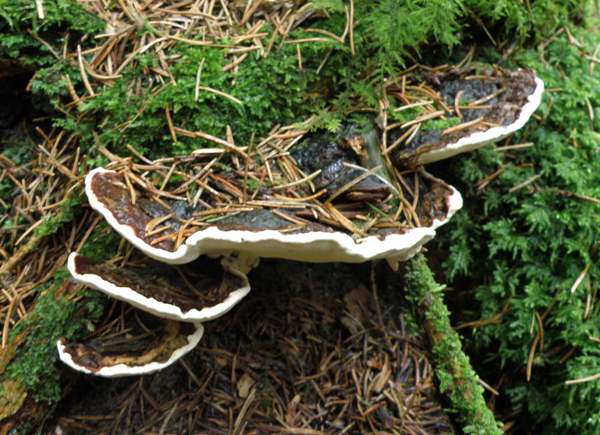Annosus/Heterobasidion Root
& Butt Rot
Heterobasidion occidentale sp. nov. Otrosina & Garbelotto
Heterobasidion occidentale (formerly known as the spruce-type of Heterobasidion annosum) causes root and butt rot in old-growth western hemlock and Sitka spruce forests in Southeast Alaska. In conjunction with the change of the pathogen name, the disease name has changed to Heterobasidion root and butt rot.
Content prepared by Robin Mulvey, Forest Health Protection, robin.mulvey@usda.gov

LINKS TO RESOURCES & PUBLICATIONS
Heterobasidion occidentale factsheet from Natural Resources Canada. Available here
Annosus Root Disease of Western Conifers Forest Insect Disease Leaflet 172, revised 2000. Available here.
Shaw III, Charles G. 1989. Is Heterobasidion annosum Poorly Adapted to Incite Disease in Cool, Wet Environments? In: Otrosina, William J.; Scharpf, Robert F., technical coordinators. 1989. Proceedings of the symposium on research and management of annosus root disease (Heterobasidion annosum) in western North America; April 18-21, 1989; Monterey, CA. Gen. Tech. Rep. PSW-GTR-116. Berkeley, CA: Pacific Southwest Forest and Range Experiment Station, Forest Service, U.S. Department of Agriculture; p.101-104. Available here.
This pathogen does not typically kill trees. In Alaska, it has only been detected in Southeast Alaska, where disease incidence and severity are apparently unaffected by management activities. Elsewhere in the world, spores of the fungus are known to readily infect fresh stump surfaces, such as those found in clearcuts or thinned stands prompting management intervention.
Studies in managed stands in Southeast Alaska indicate limited stump infection and survival of the fungus. Reasons for limited stump infection may be related to high rainfall and low temperatures in Alaska’s coastal forests hindering infection by spores. It has also been proposed that other fungi, such as Armillaria species, are antagonistic to Heterobasidion occidentale in Alaska. The high rate of heart rot in old-growth hemlock that was attributed to H. annosum by Kimmey in 1956 by examining the appearance of wood decay should probably be reevaluated using modern genetic methods.

